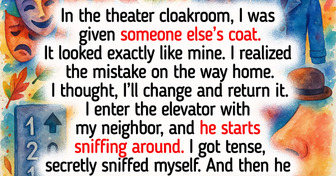14 Unresolved Nanny Stories That Keep Us Guessing

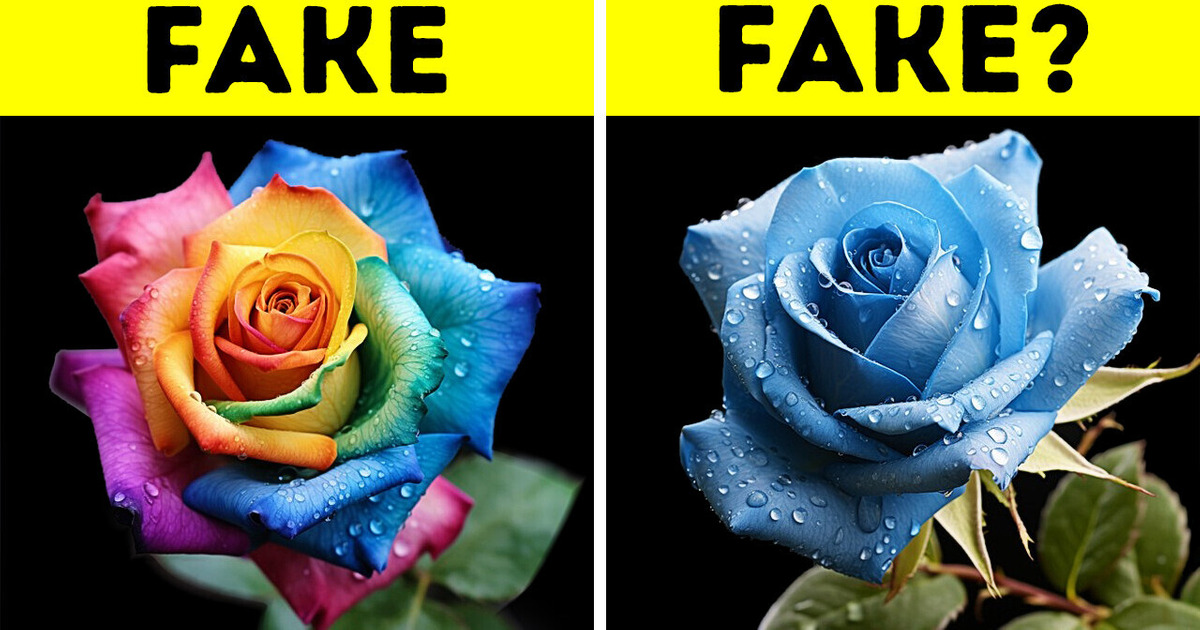
Guess what? Scientists claim to have crafted the world’s very first artificially engineered blue rose! Nature really nailed it with roses — white, pink, yellow, red — so many hues to choose from.
But apparently, blue wasn’t on the menu. Yet, these researchers from Tianjin University and the Chinese Academy of Sciences said, “Hold my test tube,” and made it happen!
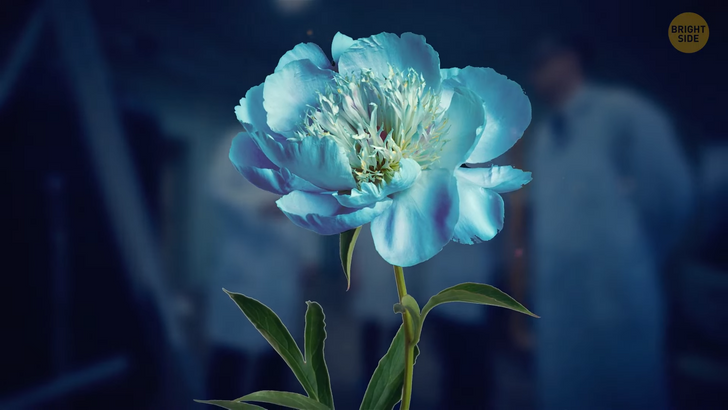
They picked two bacterial enzymes that worked together like a team. And now they can take this fancy-sounding stuff called L-glutamine, which is apparently found in rose petals, and convert it into the mystical blue pigment they call indigoidine.
What did they do next? They took these special bacteria loaded with the super pigment genes and injected them into the petals of a plain white rose. And voilà! The petal started radiating an enchanting shade of blue from the injection site. But don’t rush to the nearest gardening store just yet, dreaming of your blue rose paradise.
This marvelous creation still has some steps to work out. The color doesn’t hang around for long, and it’s only present in certain parts of the petal. Researchers will keep working until they’ve engineered roses that produce those precious enzymes on their own, without any need for injections. They want these flowers to be self-sufficient pigment factories.
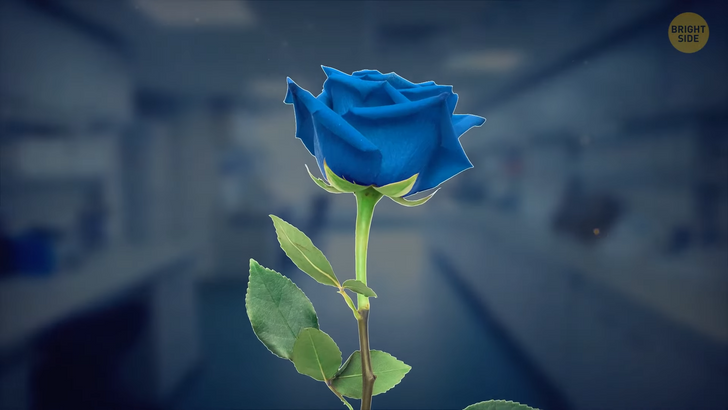
You might be thinking, “But I have seen blue roses before.” You’re right, but they aren’t naturally blue. There are a couple of tricks. One way is to introduce blue dye to the root system of roses. Picture this: the roots sipping on some blue potion, and the petals, unable to resist the temptation, turn a beautiful shade of blue.
Alternatively, we can take a white rose and give it a makeover with special paint. No, no, we’re not talking about grabbing a regular can of paint. We’re talking about non-toxic floral spray paint specially designed for flowers.
While nature decided to keep blue roses as a mystery, we can still embrace their symbolism and let our imaginations bloom. For where there’s a mystery, there’s intrigue, and blue roses symbolize the unattainable and mysterious. People have bestowed upon the blue rose the power to represent our longing for the impossible, our desires that seem just out of reach. Some cultures believe that holding a blue rose grants you the ability to have your wishes magically fulfilled.
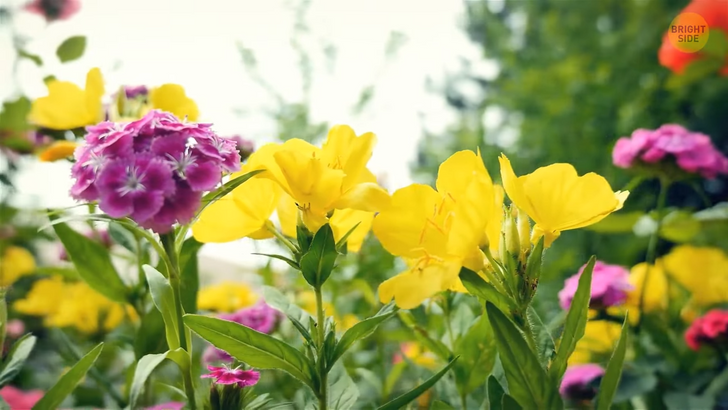
Now, this made me wonder why flowers come in different colors. What’s the genetics behind it? Flower colors are all about these tiny pigment molecules that gather in flower cells, but it’s not a straightforward process. The location, type, and quantity of these pigments are all controlled by some sneaky genes. We’ve got two main groups of genes ruling the flower color game.
First up, we have the genes that hold the blueprint for the protein machinery responsible for producing those dazzling pigment molecules. They’re like hard-working factory workers, diligently churning out the colors of the rainbow. The other group of genes takes on the role of regulatory proteins. They’re like fancy supervisors in this whole operation. They call the shots when it comes to deciding where, what type, and how much pigment-producing machinery should be made.
Let’s talk about the star players in this colorful extravaganza: anthocyanins and carotenoids. These are the major pigment types that give flowers their vibrant shades. A series of chemical reactions occur inside flower cells to build these pigments. But who’s in charge of this artistic process? Enzymes. These proteins are the maestros of biochemical reactions. Their job is to catalyze the action, making things happen in the chemical realm. They’re the ones responsible for attaching, removing, and rearranging those little chemical groups that ultimately form beautiful pigment molecules.
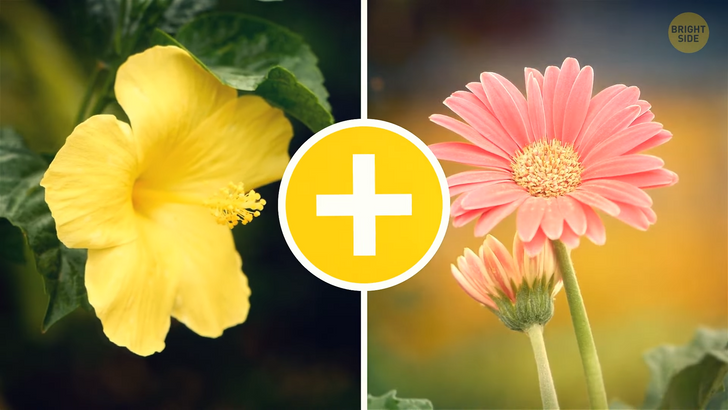
Enzymes work in harmony, like a well-rehearsed band, following a specific pathway to create the desired pigments. Different groups of enzymes team up for anthocyanins and carotenoids to bring their vibrant magic to life. Specific genes hold the instructions for the enzymes involved in the anthocyanin biosynthetic pathway, while another set of genes takes charge of the carotenoid biosynthetic pathway. So, you see, the secret behind flower colors is like a colorful road trip, where genes, proteins, and enzymes collaborate to paint nature’s canvas.
Ah, the great debate on genetically engineered food... But for now, let’s shift our focus to something a bit more... well, flowery. A new generation of floral geneticists has emerged, ready to play with petals. These daring flower breeders have taken hybridization to a whole new level by introducing genetic material from other species. First up, we have the scent squad. Over the years, flower breeders have been so focused on appearance, size, and long-lasting blooms that they’ve neglected one crucial aspect: fragrance. Researchers have cracked the genetic code behind a flower’s scent.
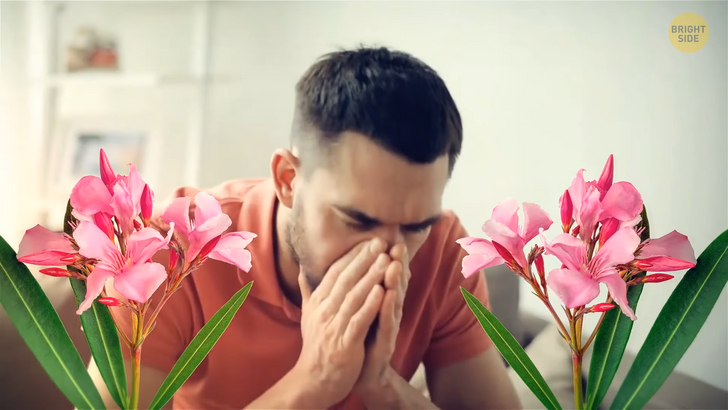
There’s more. Ever thought about pollen-free blooms for allergy sufferers? It turns out that scientists trying to extend the lifespan of flowers stumbled upon a variety of geranium that doesn’t spread allergens. Using some genetic wizardry, they modified a bacterium to carry the genes that increase the production of a plant hormone called cytokinin. The result? Geraniums that won’t make you reach for tissues. Sneeze-free floral paradise...
And just when you thought things couldn’t get any better, an Australian company, Bioconst, is ready to bring some glow-in-the-dark magic to the world of flowers. They’re isolating fluorescent genes from jellyfish — yes, you heard that right — and using them to create genetically engineered flowers that light up like disco balls. Picture flowers that fluoresce bright green, all thanks to a little something called “green fluorescent protein” derived from jellyfish.
Floral genetics are cool, but nature itself has already made flowers look like they were designed in labs. Let me introduce you to Tacca Chantrieri, also known as the black bat flower. Now, this flower is no ordinary bloom. It can be seen in some parts of India, Thailand, Malaysia, and East Asia. It’s a flower that defies convention with its striking bat-like shape and a captivating purplish-black hue. These flowers are showstoppers in terms of size, too. They don’t do anything by half measures. No, sir! They boast long stems that reach 28 inches. It’s like they’re reaching out to the world, saying, “Look at me, I’m the dark knight of flowers!”
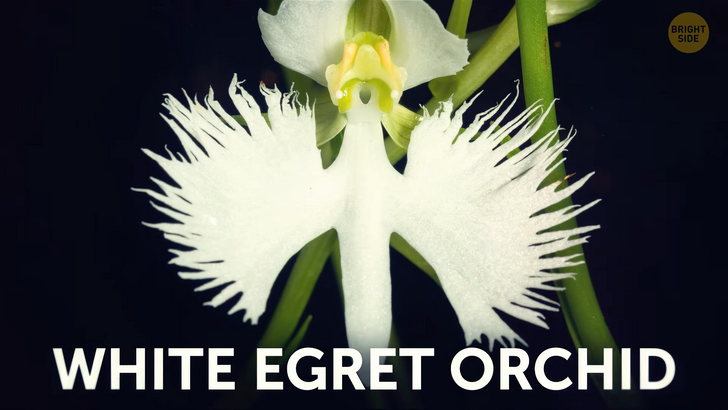
Next up, we have an enchanting white egret orchid, also known as the fringed orchid. Hailing from the lands of Asia, these orchids are a sight to behold. Imagine delicate pearly white petals reminiscent of a snowy egret bird gracefully taking flight. These orchids boast some impressive nectaries.
The corpse flower is a true eccentric among flowers. Found in Indonesia, this flower takes the prize for being one of the weirdest creations nature has to offer. The corpse flower can grow up to 10.5 feet tall. And that’s not all — this floral creature can weigh 340 lb. It also has a little “secret” — its smell. Its aroma can be quite... well, let’s just say it’s not for the faint of heart.
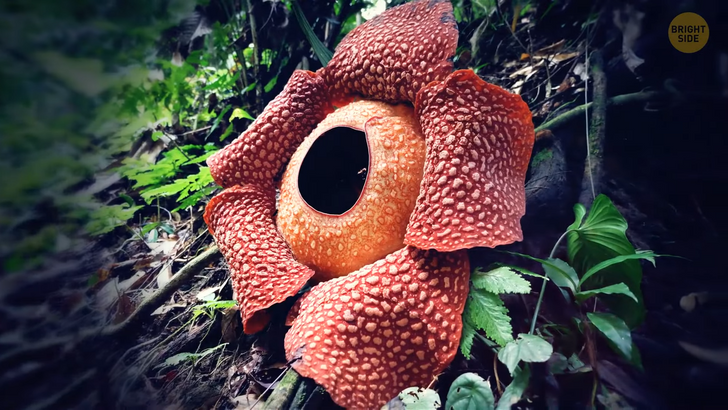
Rafflesia Arnoldii or giant padma. This remarkable flowering plant holds the distinction of producing the largest individual flower on Earth. Its enormous size is truly awe-inspiring, setting it apart as a botanical marvel. This flower, too, has a strong and unpleasant odor that mimics the aroma of rotting flesh. It’s an adaptation aimed at attracting prey. Plus, Rafflesia Arnoldii holds a special place in the hearts of the Indonesian people, as it is one of their three national flowers, alongside the white jasmine and moon orchid.
The next one is called “Dancing Girls.” These delicate blossoms, aptly named for their resemblance to dancing ladies in dresses, are found in East Africa and come in shades of white and light pink. Their scarcity adds to their allure, making them a prized find for enthusiasts. “Dancing Girls” have a trailing and climbing habit, making them perfect additions to hanging planters. Yet, finding Dancing Girls can be challenging due to their rarity and elusive nature. Their scarcity only enhances their desirability, as they are treasured gems for plant enthusiasts and collectors alike.




